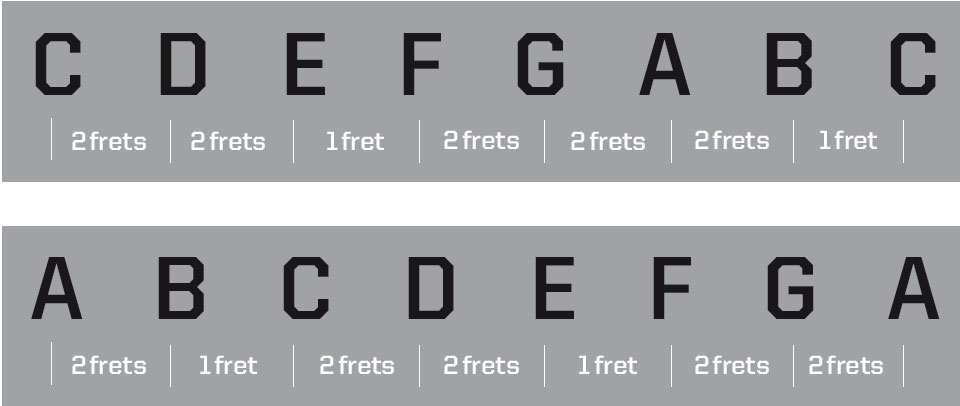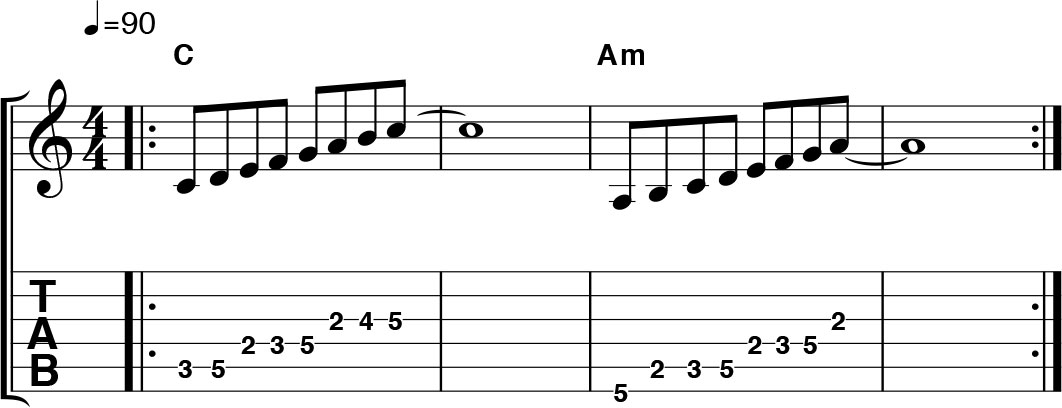Easy guitar theory: relative scales
How major and minor scales are related
Introduce changes in the mood of the music you play with this ‘relative’ major and minor scale trick.
We could fill the mag many times over on the subject of scales, but, rather than getting bogged down with too much info, we’re looking at just two: the major scale and the natural minor scale.
These are vital scales to know because they outline the notes used in major and minor key songs - useful information whether you’re jamming a solo or crafting a chord progression.
In fact, it’s possible for these scales to share the same notes - a scenario known as ‘relative’ major and minor scales. Read on as we look at this relationship and explore how you can make use of it in your own music.
1 Comparing the scales

Every major scale has a relative minor built on its sixth note. The relative minor of C major is A natural minor. Starting on a different note means the gaps between scale tones and the root note are shuffled, giving the two scales different moods.

The natural minor scale sounds moodier than its relative major scale. But they use the same notes so you can switch between them at any time to change the mood in the music you play.
2 Comparing the chords

The difference in the sound of the two scales is much more noticeable when you listen to a chord built on each root note. To make the chords we’re following the ‘jump over every other note’ method, giving Cmaj7 (C E G B) and Am7 (A C E G). Generally, the root chords set the mood of the music.
Want all the hottest music and gear news, reviews, deals, features and more, direct to your inbox? Sign up here.

Playing through the arpeggios and chords hammers home just how different the minor chords and scales sound to the related major versions.
3 One lick over two chords

This lick is two bars long but it’s played twice, first over a Cmaj7 chord, then again over Am7 - so the lick stays the same but the backing chord changes. Once again, listen out for how the mood of the music changes thanks to this relatively simple change.
Total Guitar is Europe's best-selling guitar magazine.
Every month we feature interviews with the biggest names and hottest new acts in guitar land, plus Guest Lessons from the stars.
Finally, our Rocked & Rated section is the place to go for reviews, round-ups and help setting up your guitars and gear.
Subscribe: http://bit.ly/totalguitar
